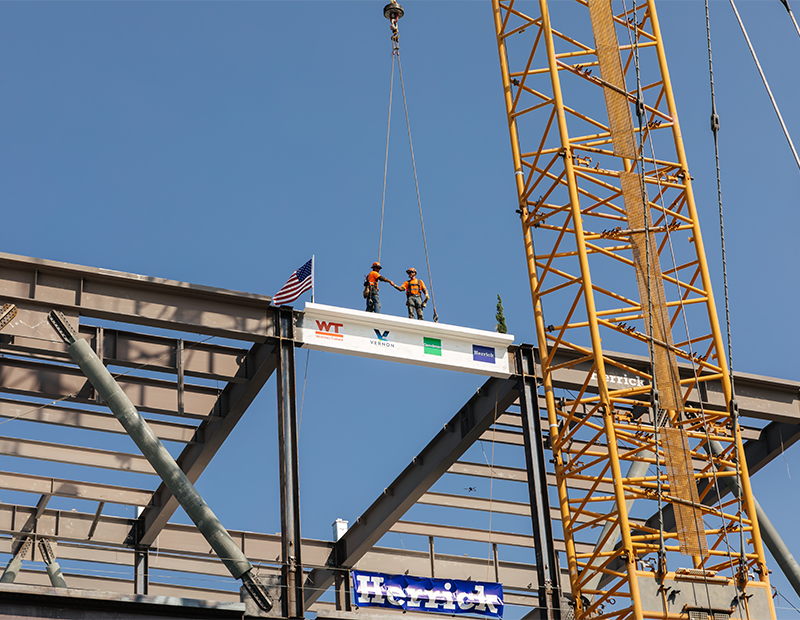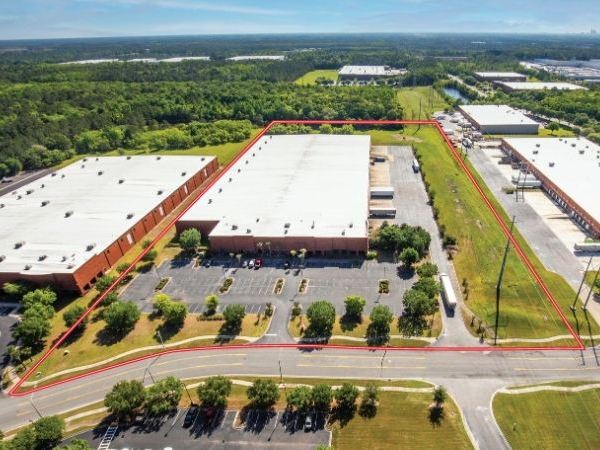5 Key Factors That Can Kill a Real Estate Cycle
Crow Holdings' Mark Roberts analyzes today's CRE market against these key indicators.
To paraphrase an oft-used quote attributed to Mark Twain, “History doesn’t always repeat itself, but it often rhymes.”
While real estate has proven to be a resilient asset in tougher times, there is a cautionary tale to be told through the lens of previous downturns. Taking a historic perspective, we can review five particular indicators that signaled previous slowdowns. Analyzing these trends can help us anticipate what could be ahead in the real estate market, but current nuances in today’s broader economy can give us a fresh lens with a slightly less daunting path forward—which means we may not need to sound the alarm quite yet.
In the last 40 years, there have been only two past instances of massive repricing of real estate. If we are to assess whether the current state of the market “rhymes” with either of them, there are, generally speaking, five key indicators we should look for. These five factors have typically led to the demise of real estate cycles in the past, as we have seen in events such as the 1989 real estate crash and the global financial crisis in 2008. They are:
- A recession, leading to rising unemployment and less tenant demand for real estate
- Excess leverage and debt
- Divergence between private market values and listed REITs
- Excessive new construction
- Wider credit spreads
Reasons for Cautious Optimism
While conditions seem ominous today, there are several reasons for cautious optimism as it pertains to real estate. First, despite all the conversation around a looming economic downturn, the U.S. has yet to actually enter a recession. While the inverted yield curve suggests a recession is on the horizon, other aspects of the economy such as household balance sheets and unemployment numbers provide good reason to remain optimistic.
For example, households today are in the best shape in nearly 50 years, with debt-to-assets hovering around only 11.8 percent compared to 19.4 percent during the GFC. Similarly, their debt-service to disposable income is only about 9.8 percent as of 3Q22 compared to the GFC when it reached 13.1 percent. In addition, household savings currently sits at around $2.3 trillion, which is higher than its pre-COVID level, suggesting that households are in a better position to weather a slowdown, and any recession that happens is likely to be a mild one.
Some additional good news for real estate investors is that all things considered, the unemployment rate still remains quite low, a positive sign for both tenant demand and real estate values. Private real estate performs much better when unemployment is declining, with a typical cycle lasting an average of seven years and total returns of 10.3 percent during those years.
Public vs. Private Valuations
For those investors who monitor the public REIT equity markets to determine the direction of values in the private markets, they will no doubt recognize the public market is signaling a correction. However, there are distinct differences between the current cycle and the 2008 cycle.
Using Green Street’s estimate of NAV premium/discount, in this current market, REITs prices increased 45 percent from when values were at parity with the private market. Conversely, private market values were slow to respond and only increased by 20 percent. The increase in values in the public REIT market was more than twice of what occurred in the private market. At the end of 3Q22, the private market was valued roughly 10 percent more than the public market. But in the fourth quarter, private real estate values declined 5.75 percent while the REIT market has rallied by 6.5 percent. As it stands, the public and private markets are roughly in parity with each other once again—a good signal for the overall market.
No Need to Seek Shelter…Yet
While the prospect of a recession is a reality, it is not at all certain. In fact, the yield curve has been inverted for more than three months and a recession hasn’t occurred yet. Based on the items outlined above, if a recession does occur, it will likely be brief and mild, thanks to the strength of household balance sheets, low unemployment coupled with a high level of job openings, above-average real estate occupancy rates, and more.
Finally, real estate values have proven their resiliency in a few previous downturns. Thus, while certain factors that can kill a real estate cycle are flashing a warning sign, others are not. As a result, we can expect that real estate may bend but not break during this current cycle compared to prior ones.
Mark G. Roberts is director of Research at Crow Holdings, where his primary responsibilities include the development of insights, market research, and commentary on real estate topics of interest to investors, developers, operators, and other industry participants. .








You must be logged in to post a comment.